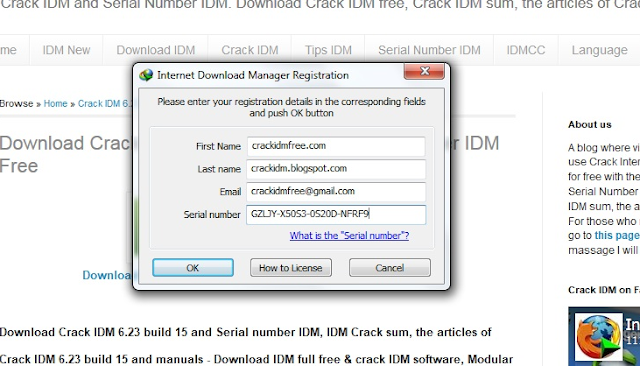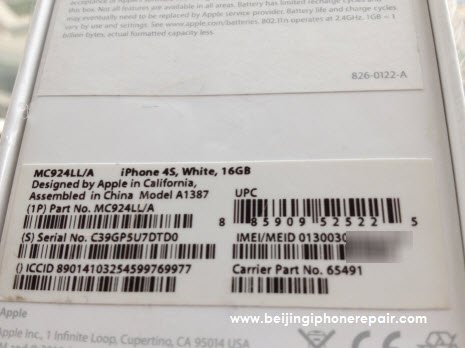
These providers include Apple and Apple Authorized Service Providers, and Independent Repair Providers, who have access to genuine Apple parts.* Repairs performed by untrained individuals using nongenuine parts might affect the safety and functionality of the device. Genuine Apple parts are designed to fit precisely within the device. If your iPhone has been repaired in a way that generates a new serial number, you'll find only the parts and service history that's associated with the new serial number.įor most customers, visiting a professional repair provider with certified technicians who use genuine Apple parts is the safest and most reliable way to get a repair. IPhone parts and service history is linked to the serial number of your iPhone. Parts and service history is shown only if your iPhone has had a part replaced or if a part isn't functioning as expected. If a part has been serviced more than once, only the most recent service will appear. This information is used for service needs, safety analysis, and to improve future products. Information about parts and service history is collected by Apple and stored as part of the device information maintained for your iPhone. With iOS versions earlier than iOS 15.2, you can check only if a replacement part is identified as an Unknown Part. Learn more about the Cellular, Ultra Wideband, and Apple Pay Issue Detected messages

Learn more about the Face ID Issue Detected message One of these messages might appear in the Parts and Service History section: Face ID Issue Detected, Cellular Issue Detected, Ultra Wideband Issue Detected, or Apple Pay Issue Detected. These messages don't affect your ability to use your iPhone, its battery, display, or camera.

For display and battery, you might find an additional message that says "Apple has updated the device information for this iPhone." This means that Apple has updated the device information maintained for this iPhone for service needs, safety analysis, and to improve future products.


 0 kommentar(er)
0 kommentar(er)
